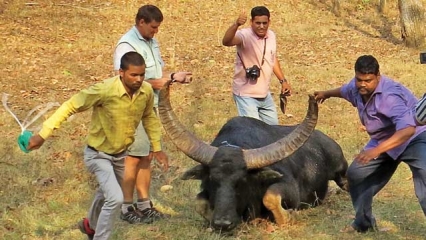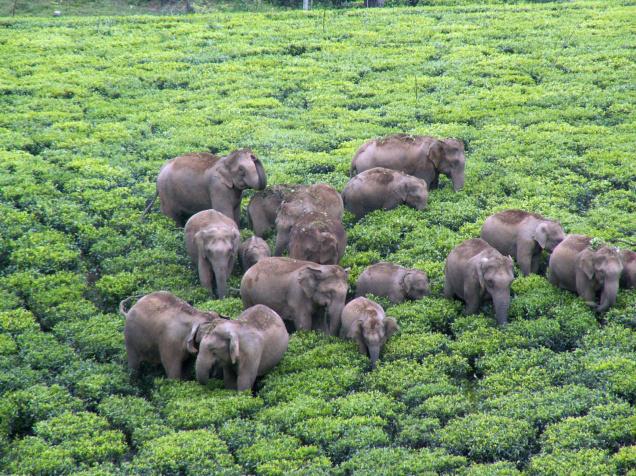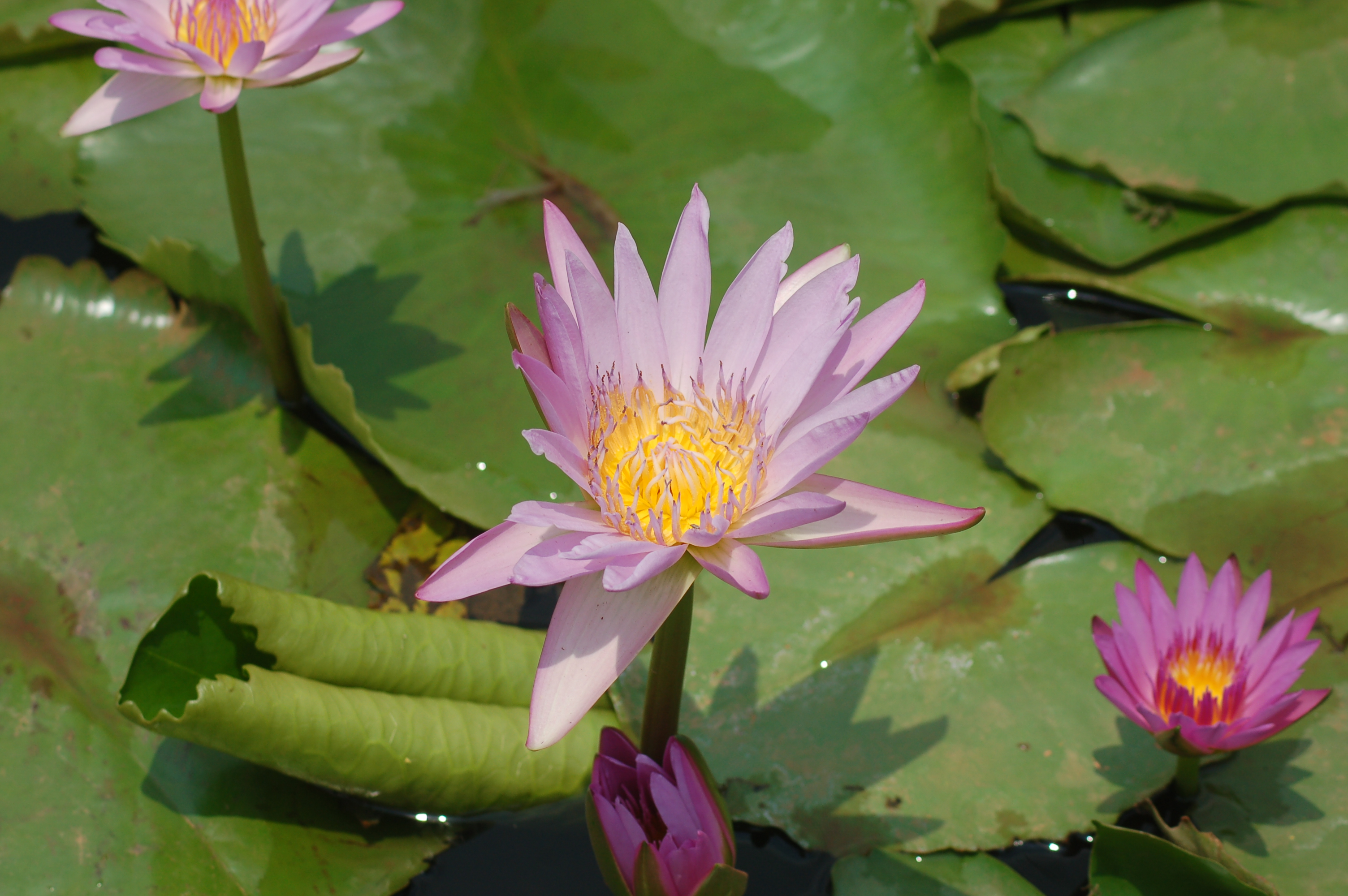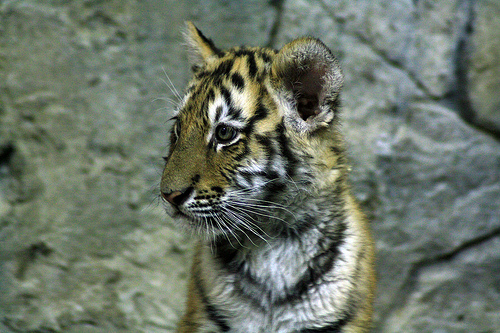Marking the beginning of a novel and unique project, the Forest Department officials of Chhattisgarh along with wildlife biologists, succeeded in placing radio collars on two wild buffaloes at the Udanti Wildlife Sanctuary last week. This is the first time that the species have been collared in India to learn more about their movement and thus help in conservation efforts.
Placing radio collars is a useful way to keep track of animals in the wild and take suitable steps in conservation. The rapid decline in the numbers of the species raised major concern, said SK Singh, Additional Principal Chief Conservator of Forest (Wildlife) to DNAIndia. Hence, a phase-wise conservation project was planned.
“At present, there is no scientific data on the movement of wild buffaloes. Radio collaring will provide information on the range of movement in and around Udanti Wildlife Sanctuary. Conservation efforts can be initiated in the areas they move with the help of this information,” he said.
How Radio Collaring Will Help
The radio collaring of the wild buffaloes will help in various ways,
- Providing movement details of the animals as physically following them in the terrain is difficult.
- Once the areas are pointed, mitigation process to sensitize locals and prevent crop damage can be done.
- If it is found that weeds have taken over their preferred grazing grounds, habitat restoration efforts can be put into place.
The DNA also reports that a joint survey conducted by wildlife biologist Dr RP Mishra, Head, Central India Wild buffalo Conservation Project and Coordinator for WTI and the forest department in 2006 revealed that there were only seven wild buffaloes, with just one female at Udanti. In 1998, the numbers were estimated to be around 35.
Read More: Meet The Pygmy Hog
“Fearing that buffaloes might go extinct from Udanti, the department initiated the ‘Wild Buffalo Conservation Project’ in December 2006 under which the lone female Aasha was moved into a massive 36 hectare enclosure created in the sanctuary and was allowed to mate with males from wild,” Mishra said.
“Udanti now has five free ranging wild buffaloes while six are housed in the enclosed area including Aasha, and her offsprings, a female calf and four males,” said Mishra.

The Process Of Radio Collaring
Tranquilising and fitting radio collars on large animals is a challenging task. The risks involve the correct dosage and ensuring that in the period between the tranquiliser being injected and taking effect, neither the animal nor any others, humans or smaller animals are injured.
Dr RP Mishra, describes, “Given the fact that these are huge animals and also keep a distance from humans, we knew that tranquilizing them was always going to be challenging and hence intensive tracking of buffaloes was being carried out from March 1.”
Read More: India Has The Highest Forest Ranger Mortality In The World
In order to ensure that the process is carried out smoothly, WTI officials sought the help of Dr Markus Hofmeyr from South Africa National Parks (SANParks), who is an expert on the tranquilization of large mammals.

The team working on the ground managed to track two animals. They were then darted before being collared. The collaring process was completed by March 18 -19.
Wild buffaloes are protected under the Wildlife (Protection) Act 1972, and are classified as endangered by the International Union for Conservation of Nature.
Read more: The Asian Wild Buffalo Finds A New Home










One thought on “Wild Buffaloes Radio Collared To Study And Conserve”